Gardens are often a source of joy, creativity, and relaxation, but when disputes arise over garden boundaries, what should have been a peaceful space can quickly become a source of tension. Boundary disputes—whether involving fences, hedges, trees, or encroaching plants—are surprisingly common and can escalate if not handled with care.
Fortunately, with the right approach, it’s possible to resolve these conflicts politely, legally, and effectively, preserving both your garden and your neighborly relationship.
In this article, we’ll explore five polite ways to handle garden boundary disputes, guiding you through practical strategies, communication tips, and legal considerations that can help keep the peace while protecting your rights.
1. Open Up a Friendly Dialogue Early
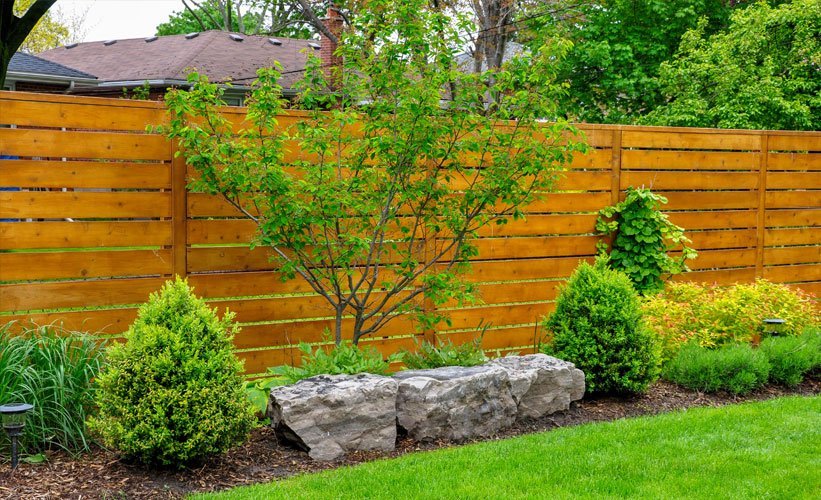
The best way to handle a garden boundary dispute is to prevent it from escalating in the first place. When you notice a potential issue—such as a hedge creeping over your property, a fence in need of repair, or tree branches extending too far—initiate a polite conversation with your neighbor.
How to Approach:
- Choose the right time and place: Avoid discussing the issue in the heat of the moment. Invite your neighbor for a casual chat or catch them when they’re relaxed and approachable.
- Use “I” statements: Instead of accusing (“Your tree is blocking my sunlight!”), frame your concerns personally (“I’ve noticed the tree branches shading my garden and was wondering if we could find a solution.”)
- Listen actively: Give your neighbor a chance to express their perspective. Sometimes, disputes stem from misunderstandings.
- Focus on shared goals: Emphasize mutual benefits, like maintaining property values or enjoying peaceful outdoor spaces.
Why This Works:
Open communication fosters goodwill and often leads to solutions before formal complaints or legal actions become necessary.
2. Review Property Boundaries and Documentation
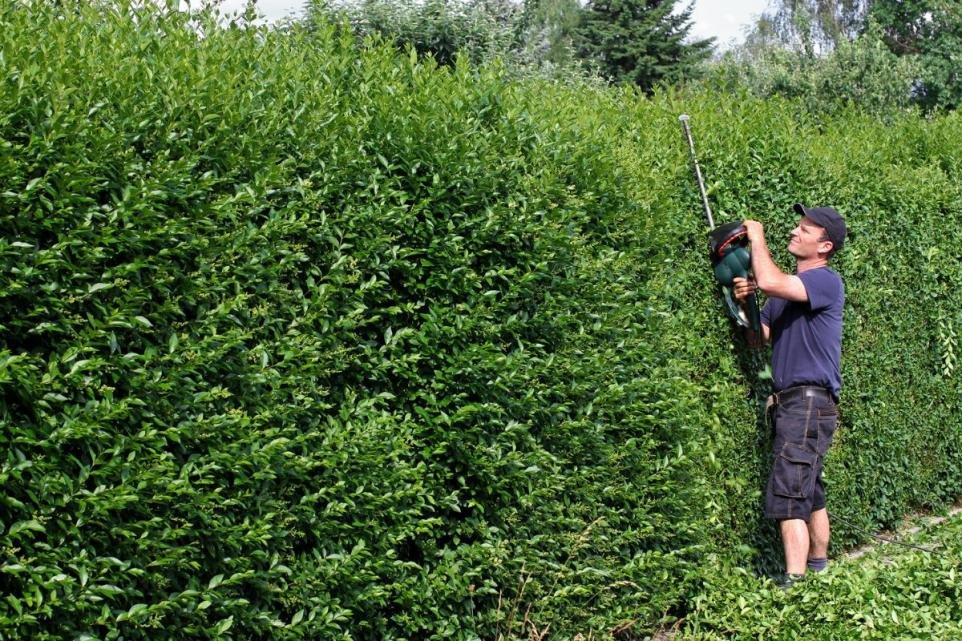
Many boundary disputes arise simply because property lines are unclear or misunderstood. Before escalating a disagreement, ensure you have a clear understanding of the actual boundaries.
Steps to Take:
- Check your property deed or survey: This will show precise measurements and the location of boundaries.
- Review any local land registry or municipal maps: These may be available online or at your city office.
- Hire a professional surveyor if needed: If there’s significant doubt or conflict, a licensed surveyor can provide an official and impartial boundary determination.
Polite Application:
Share this information diplomatically with your neighbor if it helps clarify the situation. For example, “I looked over the property lines and it seems like the fence is slightly off the boundary—maybe we could look into this together?”
3. Explore Mediation or Alternative Dispute Resolution
If direct communication doesn’t resolve the issue, and you want to avoid costly and confrontational legal battles, mediation offers a neutral and polite way to reach an agreement.
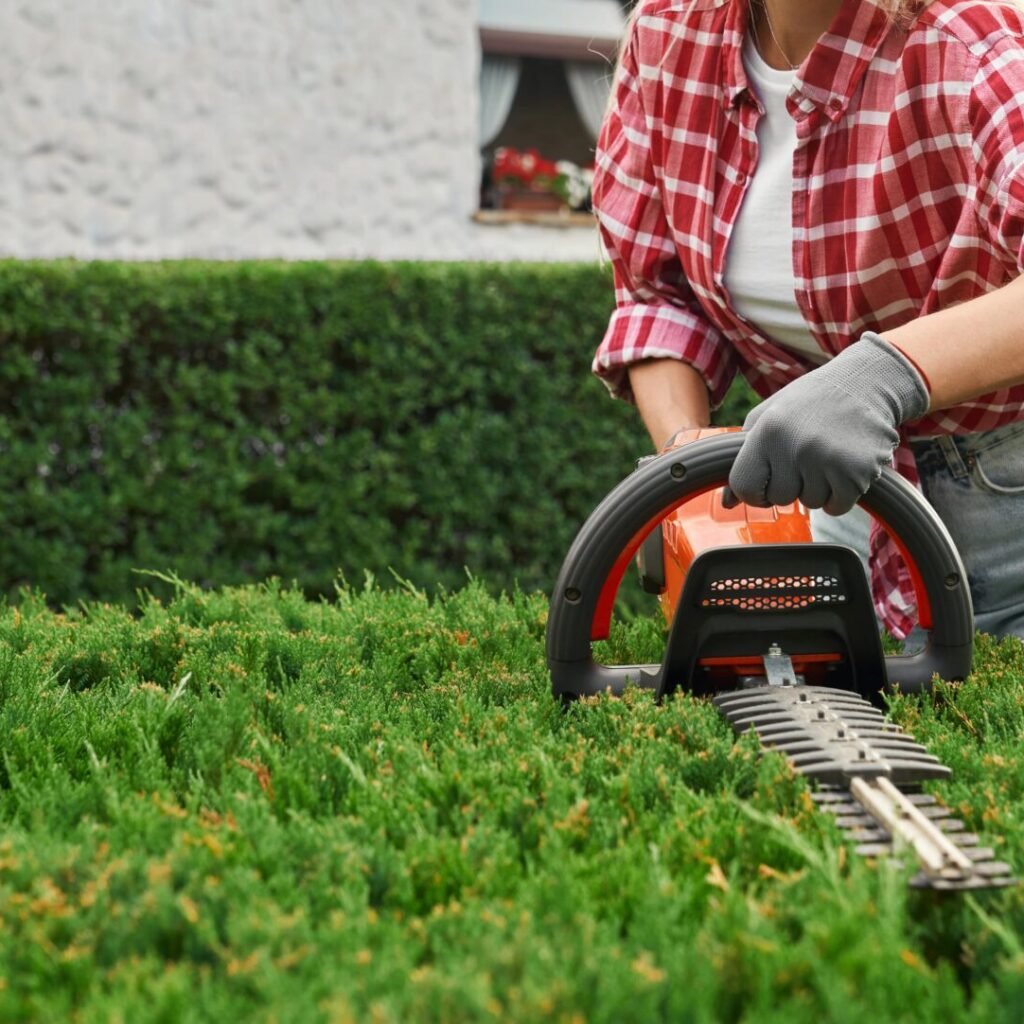
What is Mediation?
- A voluntary process where an impartial third party (mediator) helps neighbors negotiate a resolution.
- It focuses on collaboration, understanding, and compromise.
- Mediators don’t make binding decisions but help parties reach their own agreements.
Benefits of Mediation:
- Saves money compared to court proceedings.
- Preserves relationships by reducing hostility.
- Allows creative solutions tailored to both parties’ needs.
- Often quicker than formal legal routes.
How to Suggest Mediation:
Approach the topic tactfully, for example:
“I value our neighborly relationship and would like to avoid conflict. Perhaps we could try mediation to find a solution that works for both of us?”
4. Know Your Legal Rights—and Use Them Wisely
While politeness and diplomacy are important, it’s also essential to understand your legal rights regarding garden boundaries. Knowing the law empowers you to protect your property while remaining reasonable.
Common Legal Principles:
- Tree and branch rights: You usually have the right to trim branches or roots encroaching on your property, but cannot trespass on your neighbor’s land without permission.
- Fence laws: There may be local ordinances governing fence height, location, and maintenance responsibility.
- Boundary markers: Physical markers (stakes, fences) generally define legal boundaries, but these must be verified.
When to Involve a Lawyer:
- If disputes escalate or cause significant property damage.
- When neighbors refuse to negotiate or respect property lines.
- If you’re unsure of your rights or the legal complexities involved.
Using Legal Options Politely:
Legal action should be a last resort and approached professionally. Often, a letter from a lawyer outlining your rights can motivate neighbors to cooperate without damaging relationships.
5. Maintain and Document Your Garden Boundaries Proactively
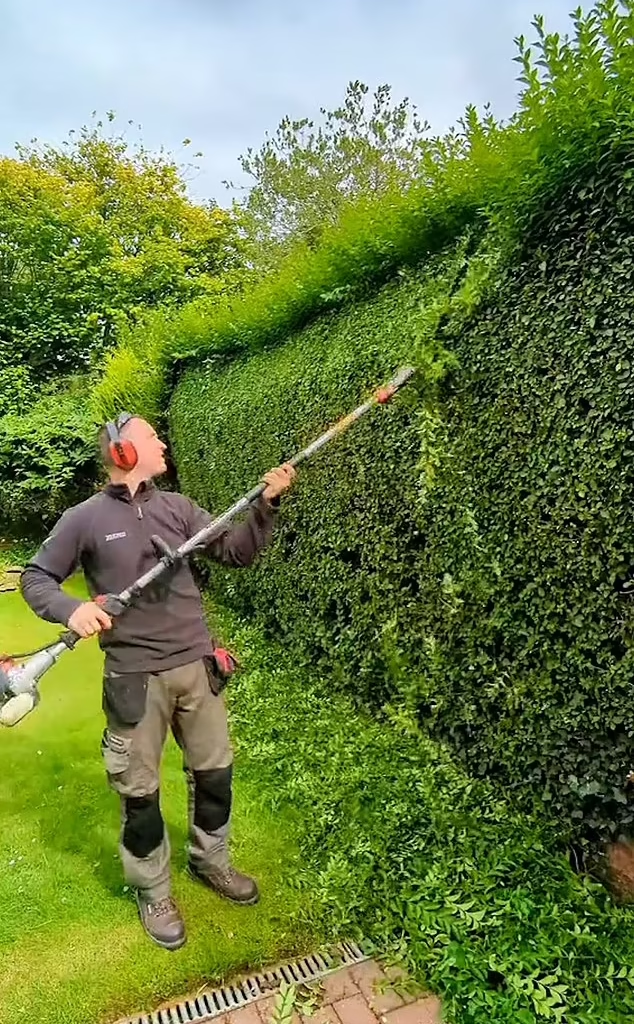
Preventing disputes before they arise is often the best strategy.
Practical Tips:
- Maintain fences, hedges, and boundary markers regularly so there’s no confusion.
- Avoid planting aggressive or invasive species that might encroach onto neighbors’ properties.
- Communicate planned changes: If you plan to trim a shared hedge or replace a fence, inform your neighbor in advance.
- Keep records: Take photos, keep notes of conversations, and save written agreements.
Why Proactive Maintenance Matters:
By demonstrating respect for boundaries and openness, you encourage your neighbor to do the same. This creates a foundation of trust and reduces the risk of misunderstandings.
Bonus Tips for Polite Boundary Dispute Resolution
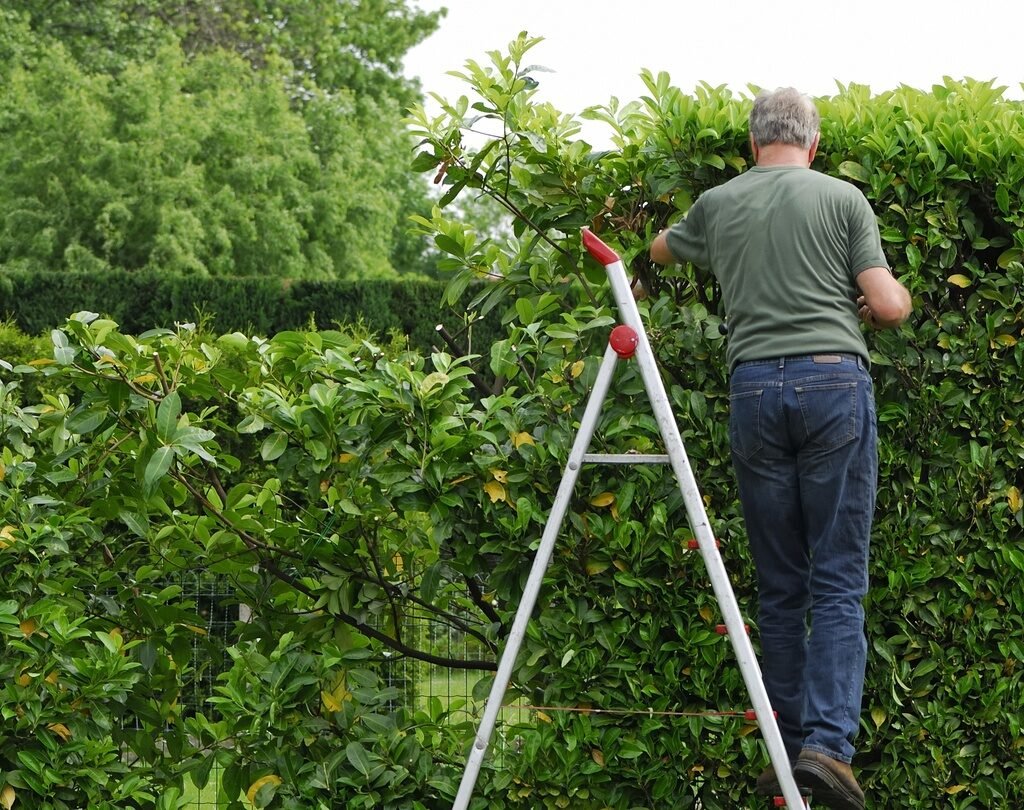
- Stay calm and respectful, even if you feel frustrated.
- Avoid gossiping or involving other neighbors unnecessarily.
- Focus on solutions rather than blame.
- Be willing to compromise—sometimes meeting halfway strengthens relationships.
- Consider professional advice from arborists or landscapers if the dispute involves trees or plants.
Conclusion: Politeness and Preparation Prevent Garden Conflicts
Garden boundary disputes are common but don’t have to become bitter or prolonged. By approaching these situations with politeness, clear communication, and a willingness to understand your neighbor’s perspective, you can often find mutually beneficial solutions.
Reviewing property lines, seeking mediation, knowing your legal rights, and maintaining your garden boundaries proactively will help you protect your property and preserve neighborly harmony.
Your garden should be a place of peace and beauty, not conflict. Handling disputes with grace and care ensures it stays that way—for you, your neighbor, and the whole community.
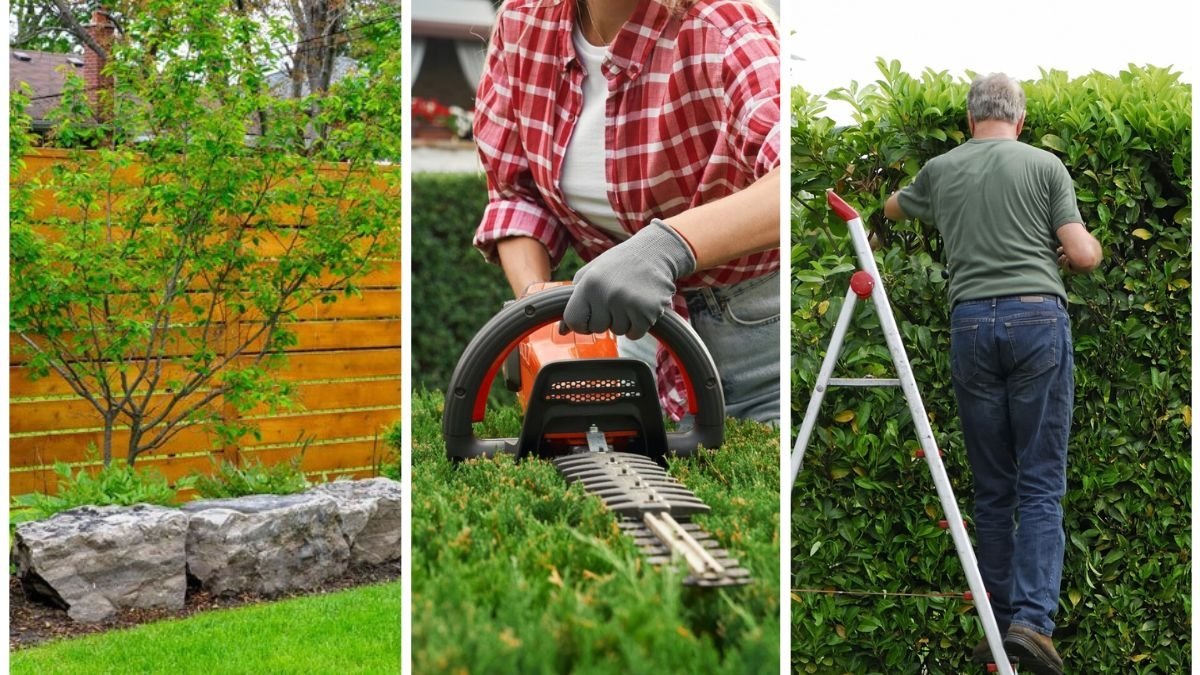
Leave A Comment